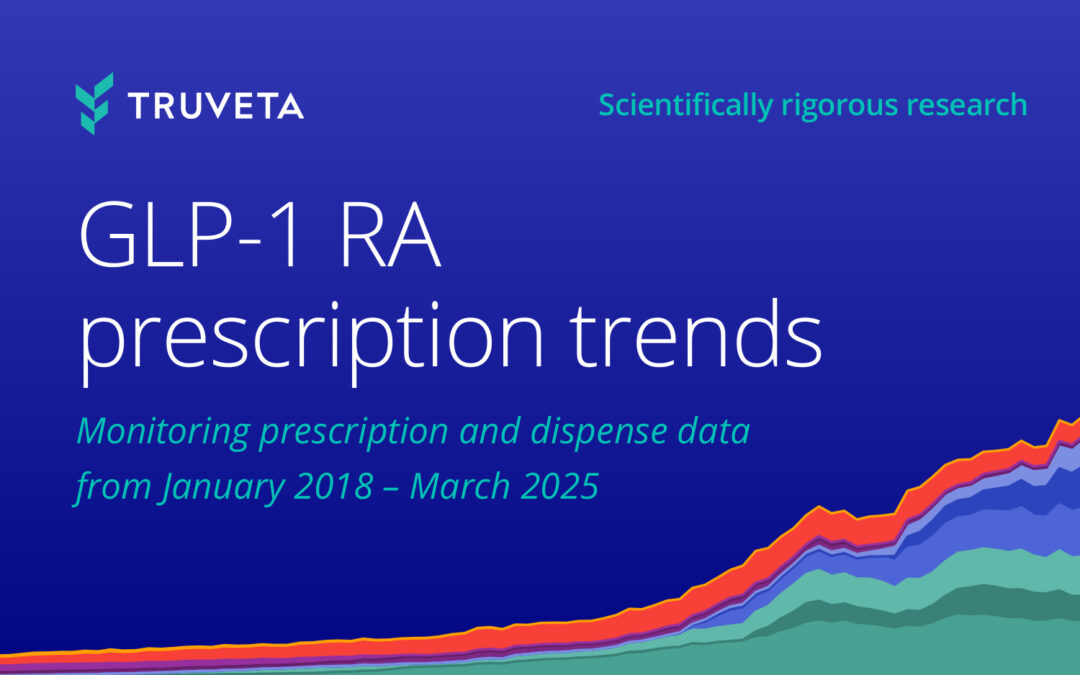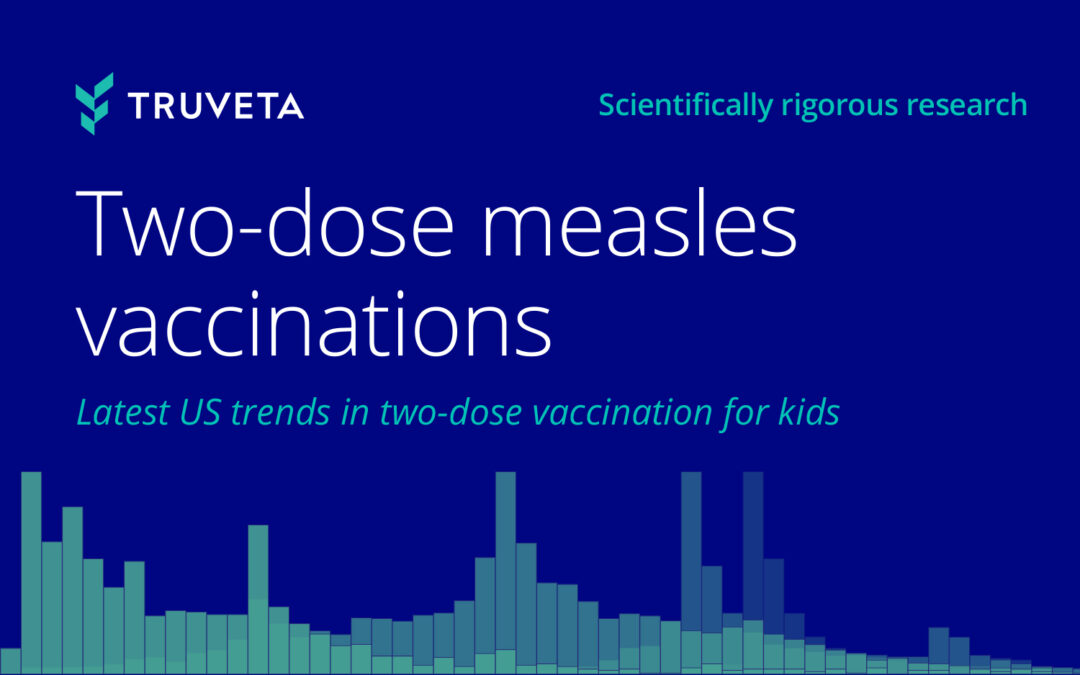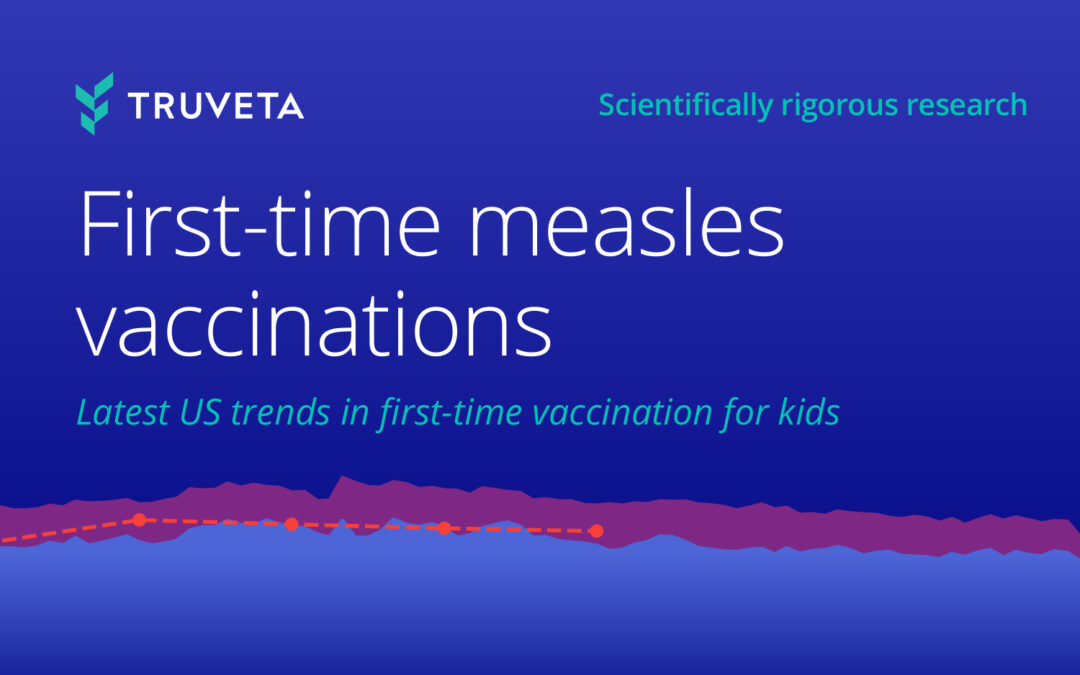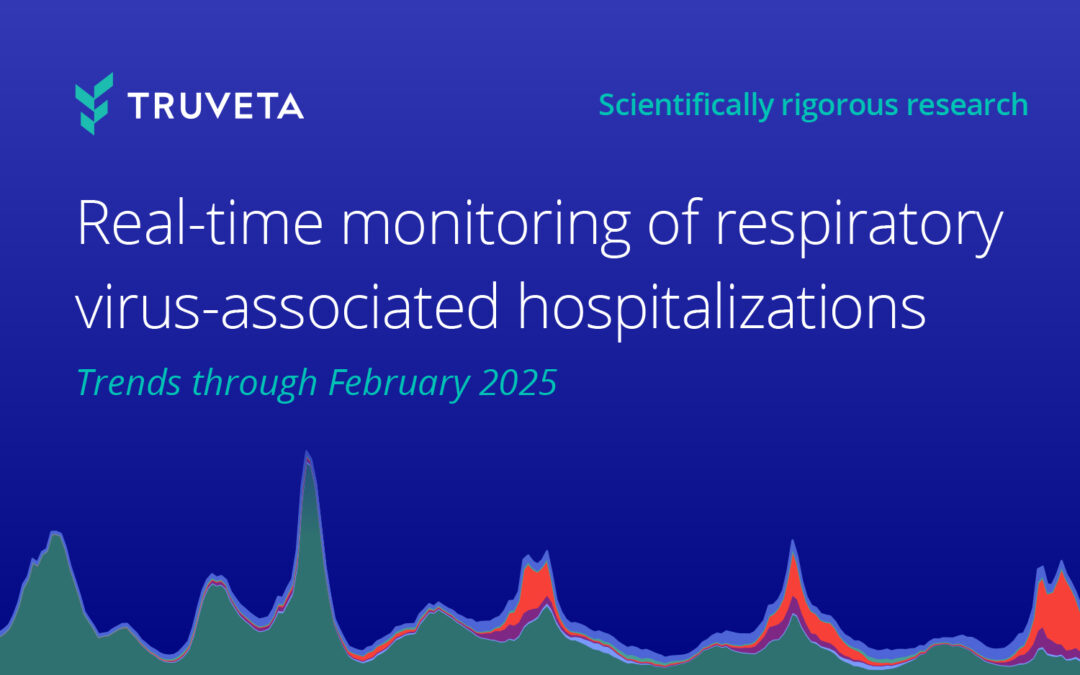- Overall prescribing rates (GLP-1 RA prescriptions per total prescriptions) increased throughout the first quarter of 2024 (+20.9% increase in March 2024 compared to December 2023).
- First-time prescribing rates (first-time GLP-1 RA prescriptions per total prescriptions) increased throughout the first quarter of 2024 (+14.2% increase in March 2024 compared to December 2023).
- In December 2023, 61.25% of GLP-1 RA prescriptions were filled (i.e., dispensed) within 60 days of their prescription.
Limited recent data exist on prescribing patterns and patient characteristics for GLP-1 RA medications, whether used as anti-diabetic medication (ADM) for patients with type 2 diabetes and/or used as an anti-obesity medication (AOM) for patients with overweight or obesity. Interest in these medications has recently accelerated, largely for their weight-loss effects, although access to and use of GLP-1 RA medications may be impacted by high cost, limited insurance coverage for patients without T2D and medication shortages.
To offer insight into the latest trends about these medications, Truveta Research has created the GLP-1 RA monitoring report, which will be updated periodically with fresh, timely data. Because Truveta Data provides the most complete, timely, and clean de-identified EHR data, including full patient medical records, notes, and images, linked with claims, SDOH, and mortality data for more than 100 million patients across the US, we can show the latest trends in these medications.
This blog provides a snapshot of the key findings in the most recent report; including prescribing and medication dispensing (indicates whether the patient picked up the medication) trends. For the full analysis – inclusive of demographics, comorbidities, and social drivers of health data for the population, methodology, additional findings, limitations, and citations – you can view the complete report on MedRxiv or directly within Truveta Studio.
Key findings: Prescribing trends
Using a subset of real-world electronic health record (EHR) data from Truveta, Truveta Research identified people who were prescribed a GLP-1 RA between January 01, 2018 and March 31, 2024. We describe prescribing volumes and patient characteristics over time, by medication, and by FDA-labeled use (e.g., ADM, AOM, or unknown).
Overall prescribing trends
The report found that 1,055,900 patients were prescribed a GLP-1 RA between January 2018 and March 2024, with 4,161,731 total prescriptions during this period.
Overall prescribing rates (GLP-1 RA prescriptions per total prescriptions) increased throughout the first quarter of 2024 (+20.9% increase in March 2024 compared to December 2023).
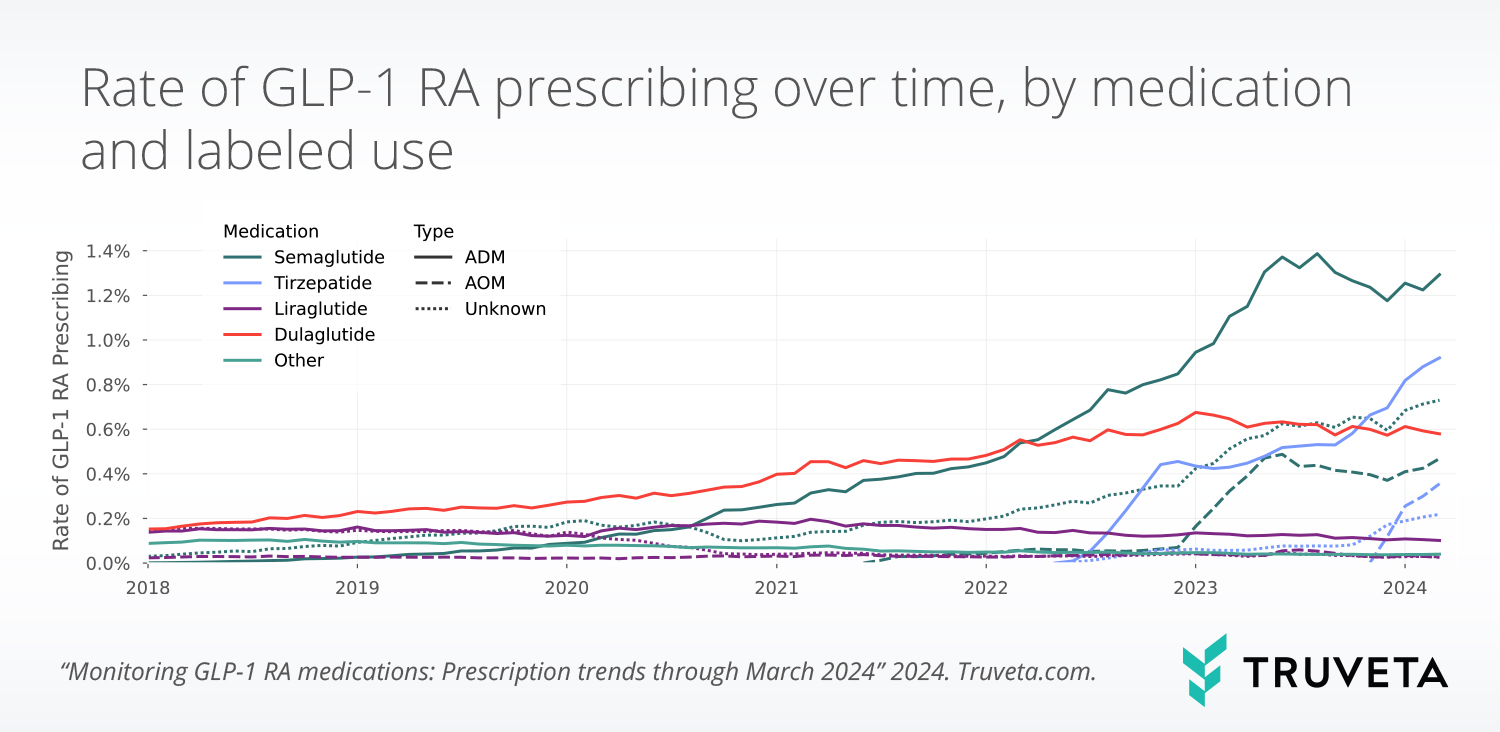
Trends in first-time prescribing
First-time prescribing rates (first-time GLP-1 RA prescriptions per total prescriptions) increased throughout the first quarter of 2024 (+14.2% increase in March 2024 compared to December 2023).
The first-time prescribing rates of ADM decreased (-4.4%), while the rates of AOM increased (+65.1%). However, ADM prescribing remained more common overall.
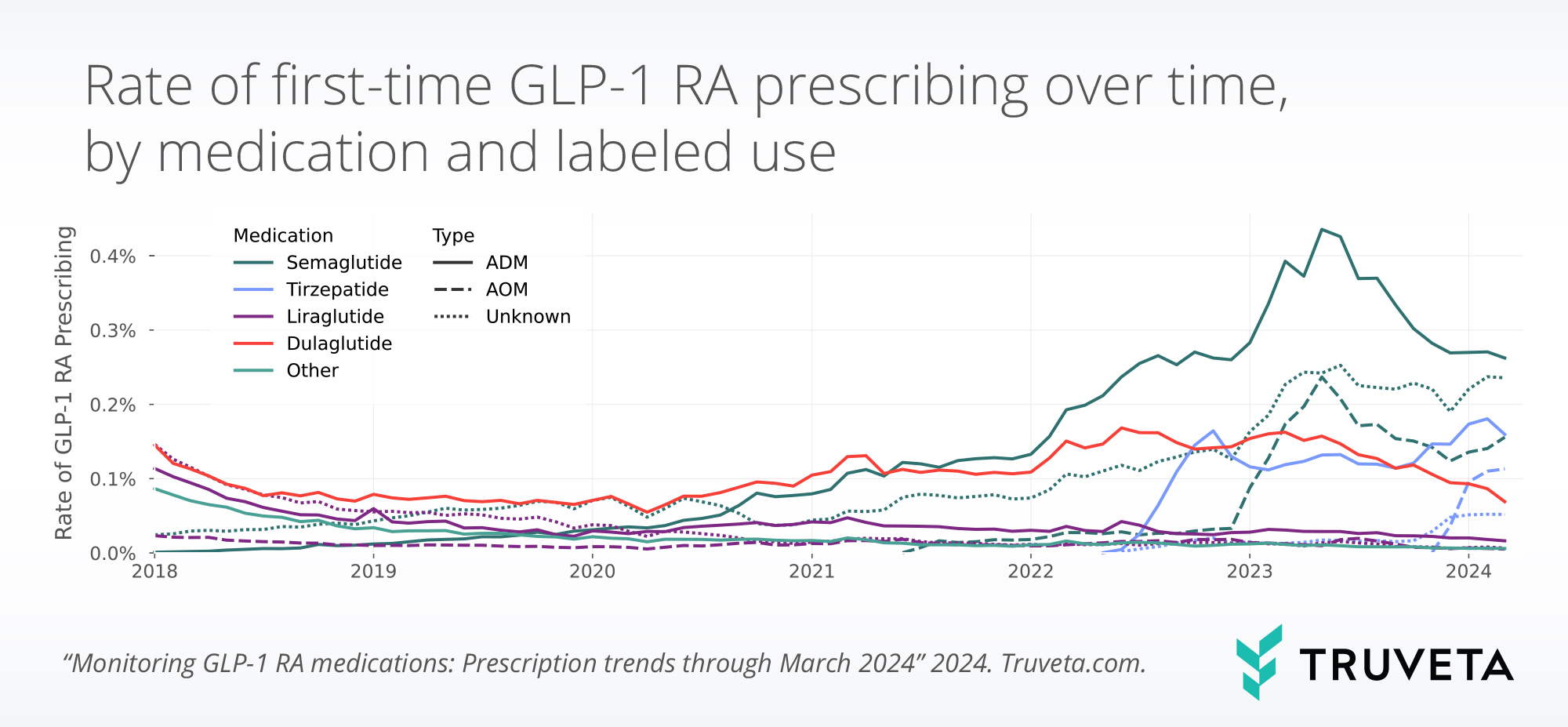
Trends in dispensing GLP-1 prescriptions
In December 2023, 61.25% of GLP-1 RA prescriptions were filled (i.e., dispensed) within 60 days of their prescription.
The 60-day initiation (first-time dispense) rates were higher for ADMs compared to AOMs. 74.1% of patients filled an ADM prescription in December 2023 within 60 days, compared to 34.9% of patients filled an AOM prescription in December 2023.
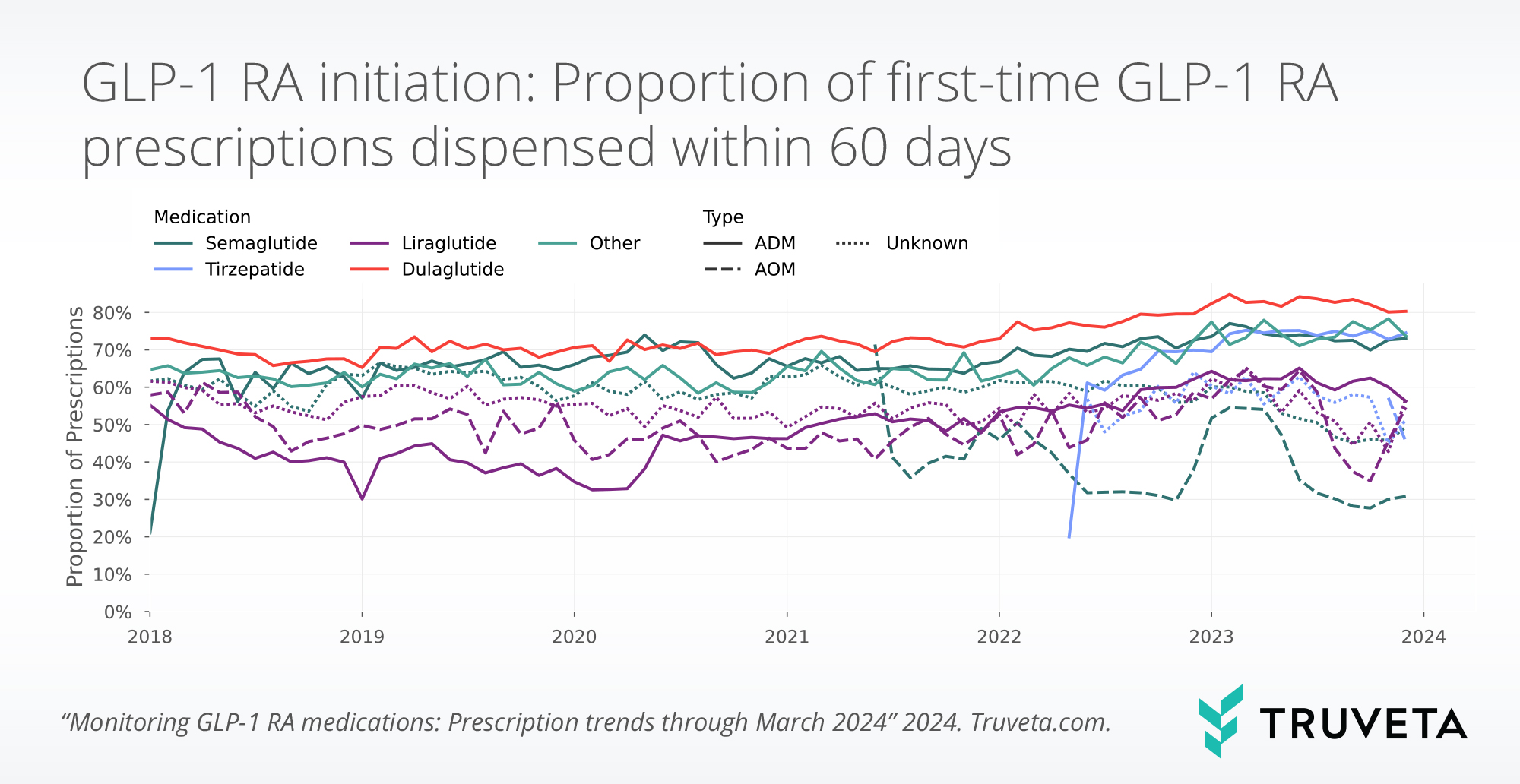
Discussion
With the popularity of GLP-1 RA medications, we will continue to monitor these prescribing and dispensing trends over time.
The GLP-1 RA monitoring report describes more detailed information about the overall population of patients being prescribed these medications (including demographics, comorbidities, social drivers of health data like income and education, and more), and the proportion and characteristics of patients who received a medication dispense of a GLP-1 RA prescription over time. Methodologies, limitations, and additional citations are also available on MedRxiv and directly within Truveta Studio.


